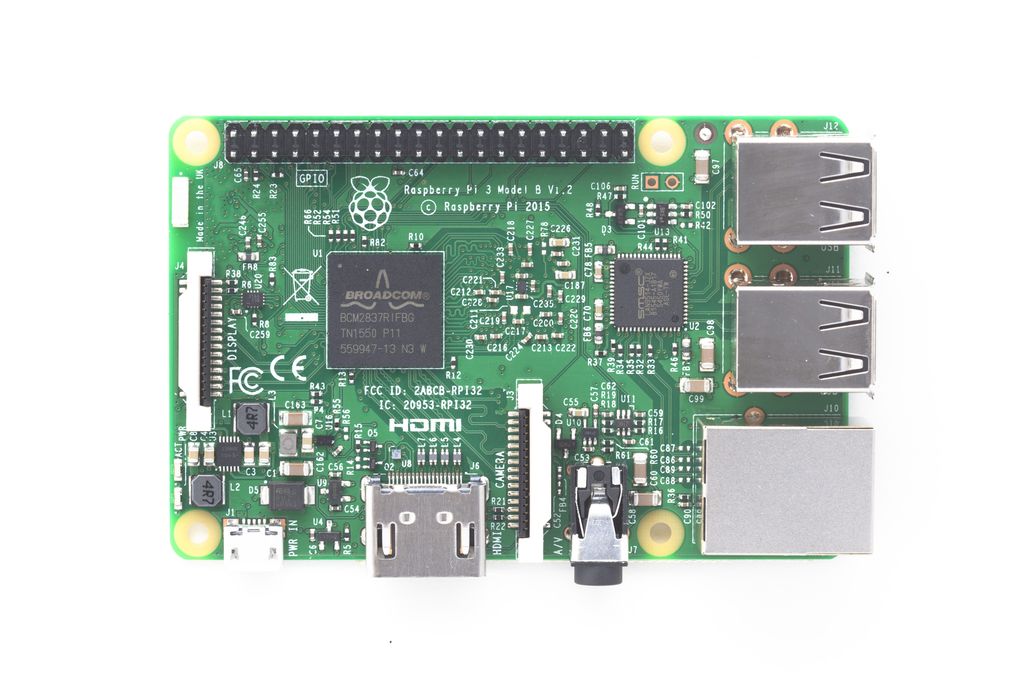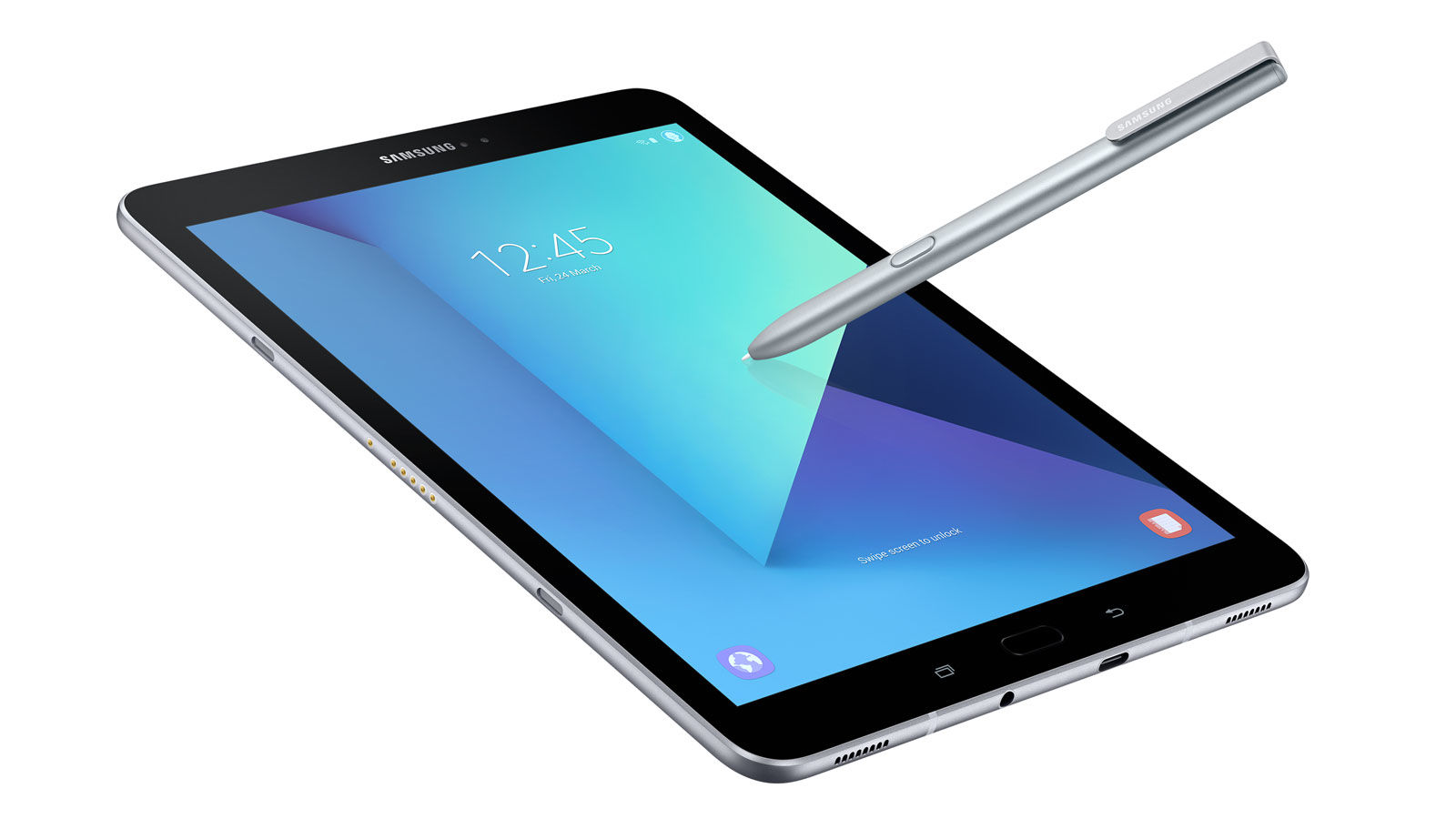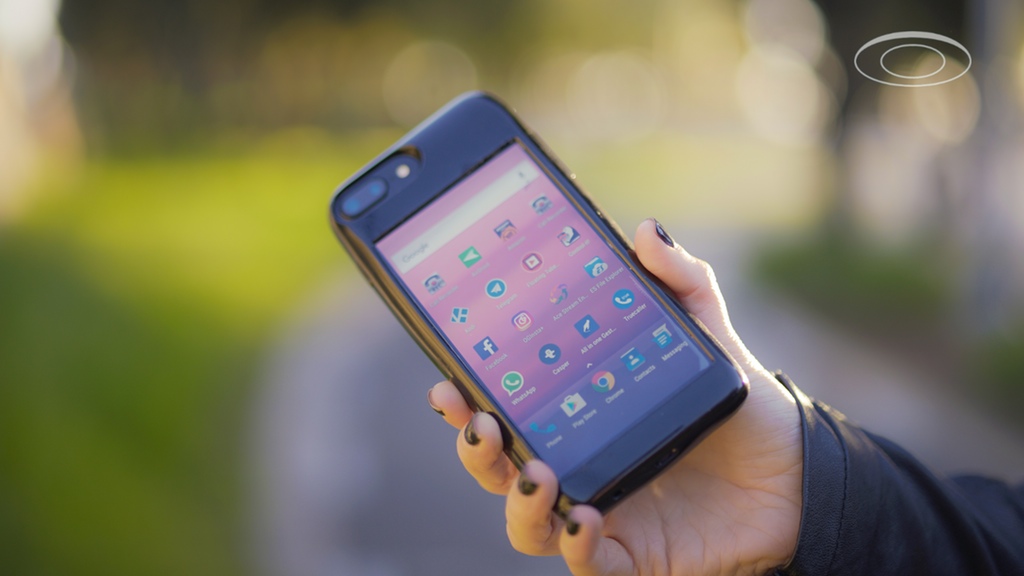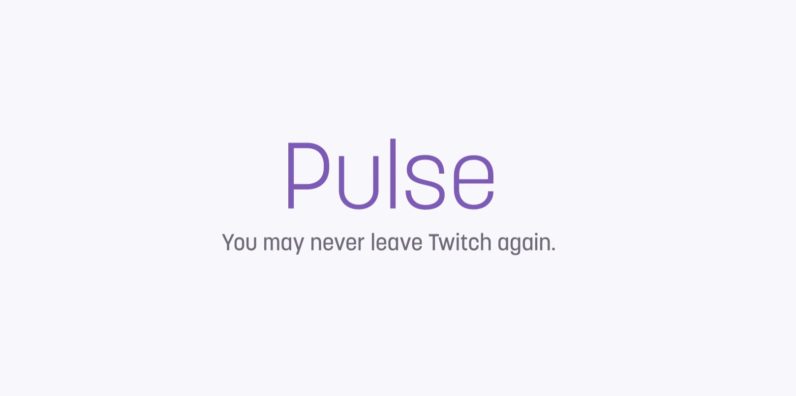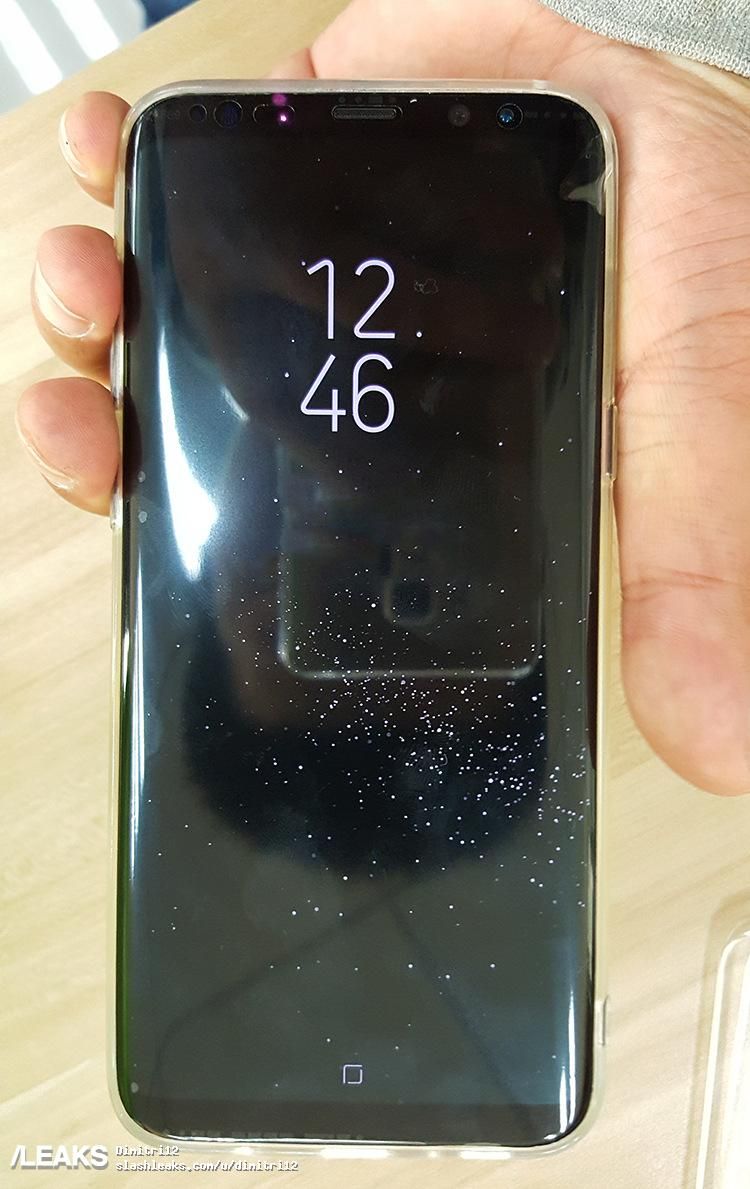We’ve talked before about color-customizing your tech, making your day-to-day smart devices help you stick out from the crowd. Now you can do it without breaking the bank, thanks to Apple and (RED). For the past 10 years, Apple’s partnership with (RED) has raised over a hundred million dollars to highlight the AIDS fundraising campaign, primarily through the sale of products and apps designed around a red color scheme. On World AIDS Day back in November, Apple turned its App Store and several top apps bright red in support. This year, they’re doing something special: iPhone 7 and 7+ in a bright, aluminum red. In the past, Apple has offered special red cases for the iPhone previously, but this is the first time the phone itself will be offered in a red finish. It’s been a long time coming, too: most people associate the partnership with red-colored devices, starting with the iPod Nano and continuing down the MP3-player line, including the Shuffle and, most recently, Touch.
“Apple is the world’s largest corporate donor to the Global Fund, contributing more than $130 million as part of its partnership with (RED),” said Deborah Dugan, (RED)’s CEO. “Combining the global reach of the world’s most loved smartphone with our efforts to provide access to life-saving ARV medication in sub-Saharan Africa, customers now have a remarkable opportunity to make a difference and contribute to the Global Fund through the purchase of this new beautiful (PRODUCT)RED iPhone.”
It’s nice to see Apple getting a bit more colorful for a change. The company is usually loath to offer alternate color options. Everyone was shocked (and pleasantly surprised) to see a rose-gold iPhone 6S, and the last color change to its iPhone lineup was warmly received even if it was just a different black finish (talking about, of course, the gorgeous glossy jet black for the iPhone 7). The new red finish is striking, softened by the matte aluminum finish, and although it’s “only” for a good cause, it is nice to see a relaxing of the strict black-or-white binary most consumers within the Apple ecosystem have been forced to choose from.
“Since we began working with (RED) 10 years ago, our customers have made a significant impact in fighting the spread of AIDS through the purchase of our products, from the original iPod Nano (PRODUCT)RED Special Edition all the way to today’s lineup of Beats products and accessories for iPhone, iPad and Apple Watch,” said Tim Cook, Apple’s CEO. “The introduction of this special edition iPhone in a gorgeous red finish is our biggest (PRODUCT)RED offering to date in celebration of our partnership with (RED), and we can’t wait to get it into customers’ hands.”
The (PRODUCT) RED finish will be available for the iPhone 7 and 7 Plus (including replacements through AppleCare) starting Friday, March 24th in 128GB and 256GB models, at the usual price starting at $749. The face of the phone will be white, so iFixYouri will be able to replace the screen at the regular price of non-red devices.


